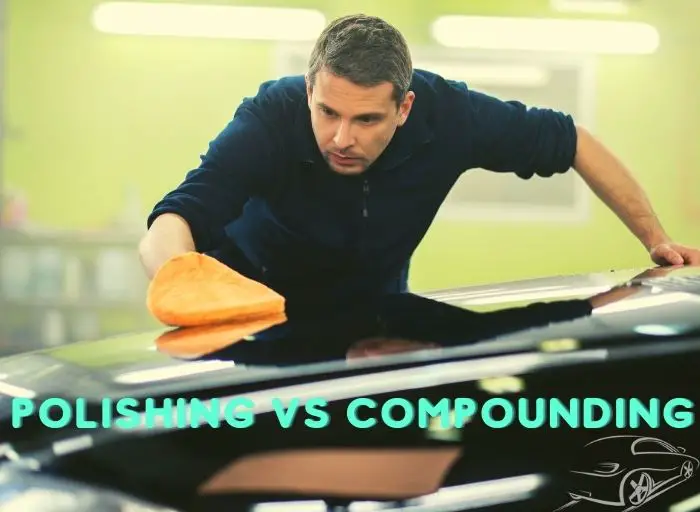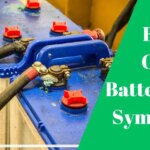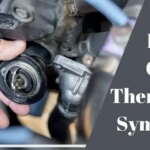
In order to achieve a perfect paint correction job, understanding the differences between polishing and compounding is essential. In this blog, I’ll guide you through polishing vs compounding: the differences explained (how they work & when to use them)
Table of Contents
Basic Paint Correction
If you’re new to the car detailing world, then let me tell you polishing and compounding are the two fundamental methods to correct a car’s paint.
That being said, let’s get into the basics of polishing and compounding.
What is Compounding?
Compounding or rubbing compounding is used to remove medium to heavy imperfections on paint. It’s a manual process usually performed with a dual action polisher and 6″ pads.
Compounding uses aggressive cut (how deep it removes paint) and light cut (how fast it removes paint) compound to level out imperfections in the paint. There are different compounding grit you can choose from for different scratches.
Typically 2-3 layers of compounding are required to achieve a smooth, swirl-free finish.
Pros and Cons of Rubbing Compounding
There are some advantages of using rubbing compounding. Especially since you’ll be able to restore a car’s original finish, making it look as good as new.
However, there are few disadvantages of using compounding. The first disadvantage is that it requires a higher level of skill and focus than polishing. The second disadvantage is that it can be inconvenient to use the compounding process on a regular basis due to its time-consuming nature.
The final disadvantage is the cost – compounding generally costs more than the polishing process because of the process itself (i.e. the steps, equipment needed, etc).
What is Polishing?
Polishing is a mechanical process done with a rotary polish pad and rotary polisher. In the same way as compounding, polish removes scratches and swirls in the paint. However, polishing uses a very soft cut (how deep it removes paint) compound to achieve this.
Find out: Polishing before waxing necessary?!
Pros and Cons of Polishing
There are advantages of using polishing over compounding because of the nature of its composition.
However, there are some disadvantages of using polishing. For instance, you cannot achieve the same level of perfection as with compounding. The second disadvantage is that you cannot achieve the same degree of smoothing results as with compounding.
Polishing vs Compounding The Differences Explained
With the definitions and the pros & cons mentioned above, the main difference between the two is the hardness of the compounds used.
Specifically, polishing uses a soft compound, giving a finer cut, and compounding uses a hard compound, giving a deeper cut.
What Does Hardness Mean in Polishing?
The hardness of the polish (compound) refers to the degree to which it can cut painting. By nature, hard compounds are abrasive whereas soft compounds are not abrasive. The latter can’t remove paint, but it’s able to create a much smoother finish than a hard compound does.
That being said, hard compounds are ideal for heavy correction and soft compounds are ideal for fine-tuning small imperfections.
What Does Hardness Mean in Compounding?
The hardness of the compound in compounding refers to its ability to level out swirls and scratches. Compounds with a higher level of hardness require more than one layer to remove paint. This means you can’t achieve a perfect finish with compounding because it doesn’t allow you to finesse the surface as polishing does.
So, the main difference between polishing and compounding is that polishing uses a softer compound to create a smoother finish by hand.
But, if you’re looking for big imperfections in paint then you’ll need to use a hard compound. This means that compounding gives an aggressive cut and polishing gives a gentle cut.
How to Choose the Right Method?
Now that you have a good understanding of polishing vs compounding, choose which method is right for you.
As I’ve mentioned at the beginning of this blog, understanding the differences between polishing and compounding is essential. Well, here’s a quick recap:
Polishing uses a soft compound whereas compounding uses a hard compound. So if you’re looking for an aggressive cut then go with compounding but softer cut – go with polishing.
Which Should Be Used When?
With all have been explained, which should be used when. Well, as I’ve mentioned before the simplest method to know if you need polishing or compounding is to look at the paint’s finish. To do so, check out your paint’s surface texture. At this point, if you see light scratches allowing light through, then polishing is the better option for you. However, if you see them preventing light from passing through, then compounding is a better solution for you.
Check out: Spray wax vs paste wax! Choose one right for your car!
That being said, I recommend using both compounding and polishing equally in your detailing routine when needed.
Remember – it’s very important to maintain your car’s finish. The goal of a complete detail is to maintain your car’s finish regardless of its condition.
The process can take some time but with the right materials, there’s no better way to make your car look brand-new.
Frequently Asked Questions
#1 Do I Need to Compound Before Polish?
Nope, you don’t need to go through the compounding step. The purpose of compounding is to remove swirls and scratches from your paint. If you have any, just compound them away and polish the rest.
#2 Do I Need to Polish Before Compounding?
No, not necessarily. If you’re able to compound them away without having anything left then you can jump right into polishing.
#3 What’s the Difference Between Polishing and Buffing?
Polishing and buffing are the same things. The only difference is that polishing uses a compound whereas buffing uses a polish.
#4 What’s the Difference Between Polishing and Swirl Mark Removal?
Polishing is a full-detail detailing method which greatly removes swirls, scratches, stains, oxidation, and more from your paint. It leaves behind a much smoother finish than compounding does. Whereas swirl mark removal is merely just removing swirls and scratches without altering your paint’s finish.
Read more: Complete guide on How to clean exhaust tips!
Conclusion
In this blog, I’ve explained the difference between polishing and compounding. I’ve also explained which should be used when and what is the best method to maintain your car’s paint finish. Hope you find it useful!
Hi everyone, My name is Ollie Barker.
As a seasoned auto expert I have 25 years of experience working in repair and detailing shops. I love to share my tips & tricks to all car lovers, so that’s why I’m here at Automotive Gearz publishing my content, sharing my passion. Also, I’ve been giving my recommendations on which products are the best to have on the market. I always thought it was hard to pick the right part, so hopefully I can make that a bit easier for you.
Hope you enjoy your time on my little blog!







